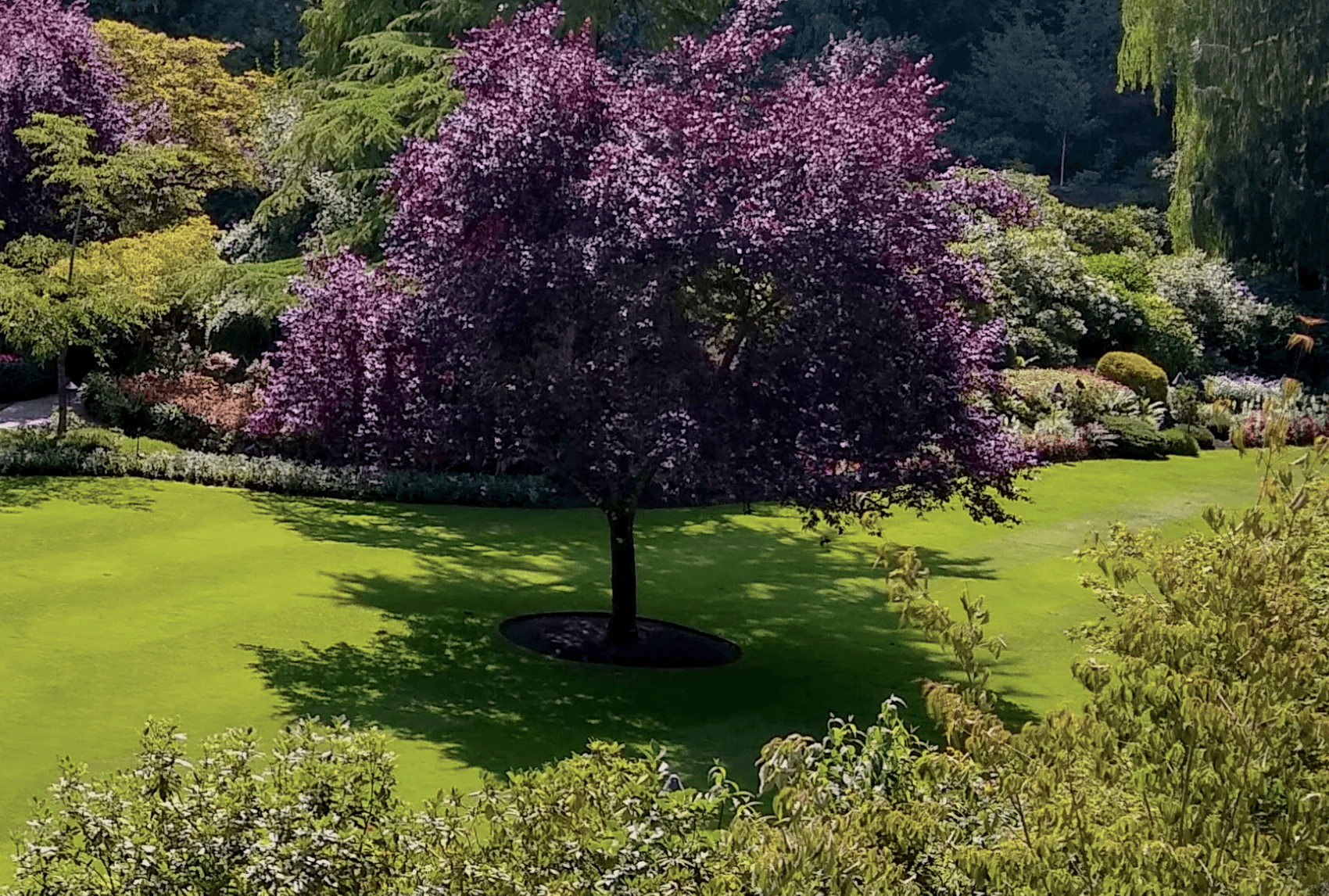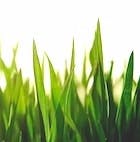Choosing your perfect grass match can be a balancing act as each has its own set of pros and cons. Do a little detective work, perhaps rope in a local lawn guru, to pinpoint the best grass for your specific needs in this diverse zone.”
Introduction
Kentucky sports a humid subtropical climate - think sizzling, sticky summers and pleasantly mild winters. The grass game in this climate leans towards those tough enough to take on the summer heat and humidity.
Ready to lay some grass in Kentucky? Warm-season varieties like to hit the dirt in late spring or early summer when the mercury consistently stays above 60°F.
On the flip side, cool-season grasses prefer the chillier temps and regular rainfalls of fall or early spring. Here's the catch: Kentucky straddles the "transition zone" for grasses, where both warm- and cool-season types can flourish.
Choosing your perfect grass match can be a balancing act as each has its own set of pros and cons. Do a little detective work, perhaps rope in a local lawn guru, to pinpoint the best grass for your specific needs in this diverse zone.
What are the best sod types for KY?
In the world of landscaping, not all grasses are created equal. Each thrives in a specific climate zone: cool, warm, or transition.

Kentucky, with its transition zone climate, prefers a particular set of grasses that relish the a wide range of temperatures. The following sods are the easiest to grow and maintain in Kentucky:
While it's possible to grow grasses meant for other regions with proper care, attention and timing, these are the most common grasses in Kentucky for residential lawns.
Level Up Your Lawn Skills
Once per week we'll send you an interview from someone who has mastered the art of lawn care.
Recommended species for shade
We all know Kentucky’s climate is tricky. Frequent shade can give your sod a tough time. That's why you need resilient grasses that love the shade. Let's delve into the best options out there.
Say hello to Fine Fescue. It's a cool-season shade-loving star. With just 4 hours of sunlight, it can thrive and stay green all year round. Good news for corners of your yard where the sun likes to play hide and seek.
Then there's Tall Fescue. Another cool-season grass but with a bit more tenacity. It's not picky. It can withstand shade, drought, and cold weather. Requiring only 4 to 6 hours of sunlight per day, it's a great choice for those dappled sun-shade areas in your Kentucky yard.
But wait, there's more. Say hi to your new friend, Kentucky Bluegrass. A true underdog. A bit of a show-off in the shade. And, yes, it also stands up well to the cold. The sunlight requirement? A comfortable 4 to 6 hours. Just one warning - it doesn't like getting its feet wet, so well-drained soil is a must.
Finally, we've got the lively Ryegrass. While it loves the sun, it takes shade like a champ. A minimum of 4 hours of sunlight will keep it happy. A bonus? It germinates quicker than other grasses – a great choice when you're in a hurry to cover bare spots.
Shade in your Kentucky yard doesn’t mean you should compromise on attractive, lush sod. Fine Fescue, Tall Fescue, Kentucky Bluegrass, and Ryegrass can all put up a fight against shady conditions and come out on top. Their sunlight needs are low, their strong character, high. Being aware of these top picks means making the right choice and enjoying a carpet of green beneath those towering Kentucky trees. So, go forth and sod-up your Kentucky yard with these shade-loving varieties!

Recommended for full sun or partial sun
Choosing the right sod for your lawn depends heavily on the sunlight exposure in your yard. Different grass types have varying light requirements for optimal growth and appearance. Assessing whether your lawn receives full or partial sun is essential in selecting sod that will flourish and stay healthy in your specific environment.
Below are some sod options recommended for either full sun or partial sun conditions in KY:
| Grass Type | Sun | Good to Know |
|---|---|---|
| Tall Fescue | Partial | Tall Fescue is adaptable to a range of conditions, including partial sun, and is known for its deep root system and tolerance to drought. |
| Kentucky Bluegrass | Full | Kentucky Bluegrass prefers full sun and is prized for its fine texture, rich color, and ability to recover quickly from damage. |
| Perennial Ryegrass | Full | Perennial Ryegrass thrives in full sun and is known for its rapid germination, fine texture, and bright green color. |
| Fine Fescue | Partial | Fine Fescue is well-suited for partial sun and is appreciated for its fine texture, shade tolerance, and low maintenance requirements. |
What varieties stay green year-round?
As with anything agriculture related, there is some nuance to this question. There are many grasses that can stay green year round in but it depends heavily on your location within Kentucky as well as any microclimates that may exist.
The following grasses have the ability to stay green year round in Kentucky:
| Grass Type | Caveats |
|---|---|
| Tall Fescue | It typically stays green throughout the year in milder climates, given that it isn't overly stressed by heat or drought in the summer. |
| Kentucky Bluegrass | It can retain its green color for much of the year when well-maintained, though harsh winter temperatures can push it towards dormancy and a browner hue. |
| Perennial Ryegrass | It can stay vibrant and green throughout the year in many climates, unless conditions are extremely cold or dry. |
| Fine Fescue | It keeps its green color throughout the year in ideal conditions. If the winters are particularly harsh, it may lose some color. |
What is the best time to lay sod in Kentucky?
For transition zones, consider the type of sod. For warm season grasses, aim for late spring. This gives them a full summer to establish before winter. For cool season grasses, fall is best, allowing roots to develop in mild temperatures. Whichever you pick, avoid extremes of summer and winter. So, late spring for warm grasses, fall for cool ones, and skip the severe seasons.
As you can see in the image below, you'll notice the most shoot growth (the grass above ground) and root growth in the spring and fall for cool season grases and during the summer for warm season grasses:


Find reputable companies for installing sod in KY
Here are the top problems you'll face when trying to get sod installed by a landscaping company:
- They're not transparent about pricing. You'll often get a quote that's way higher than you'd expect.
- They're hard to get ahold of on the phone or you'll reach out online but won't hear back.
- It's hard to pin them down for a specific date. Because you can only bring sod from the farm when there's decent weather, this causes some delays at times. It also has a short shelf life, so it's important to get it installed within a day or two of delivery.
We've done all the work for you. Click below to get a quote from one of the top installers in Kentucky.

